L’Ultima Partita di Pasolini (2020)
장르 : 다큐멘터리
상영시간 : 1시간 2분
연출 : Giordano Viozzi
시놉시스
On September 14, 1975, Pier Paolo Pasolini played his last game of football, before his death, in San Benedetto del Tronto. “The last match of Pasolini” starts from a pretext of a football game, to tell a historical period that was fundamental for the whole of Italy, with its contradictions and tragedies, through an apparently playful vision of Pasolini, but that allows us to understand better the importance of the Italian poet and director.

런던에 살고 있던 미아네 가족은 사자 농장을 운영하기 위해 남아프리카로 이사한다. 새로운 환경에 들떠 있는 가족들과 달리, 미아는 오랜 친구들과 떨어져 생활해야 한다는 사실이 영 마음에 들지 않는다. 그러던 어느 날, 농장에 흰 사자 찰리가 태어나고 미아와 찰리는 곧 세상에서 가장 친한 친구가 된다. 한편 미아의 아빠 존은 점차 맹수의 모습으로 변해가는 찰리를 여전히 친구로 대하는 미아가 걱정된다. 그리고 농장 또한 지금의 운영 방식으로는 적자를 벗어날 수 없다는 사실을 받아들이면서 곧 중대한 결정을 내리게 되는데… 아빠 존의 결정으로 위험에 처하게 된 찰리와 이를 눈치 챈 미아. 미아는 고민 끝에 찰리를 위한 아주 특별한 여행을 준비한다. 과연 미아는 찰리를 위험으로부터 구해낼 수 있을까?
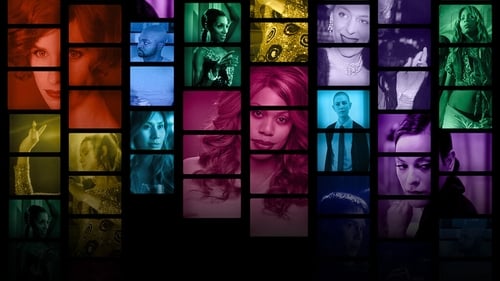
할리우드는 트랜스 커뮤니티에 어떤 영향을 끼쳤을까. 그 빛과 그늘을 조명하는 다큐멘터리. 선도적인 트랜스 창작자와 사상가들이 진솔한 견해와 분석을 들려준다.

A hilarious introduction, using as examples some of the best films ever made, to some of Slovenian philosopher and psychoanalyst Slavoj Žižek's most exciting ideas on personal subjectivity, fantasy and reality, desire and sexuality.
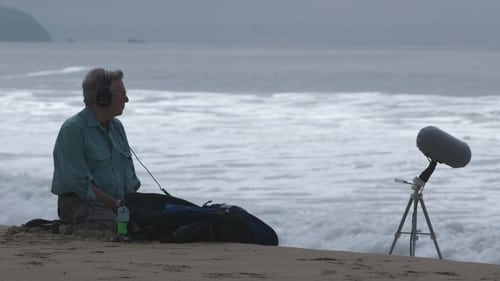
할리우드 영화장면과 주요 감독들의 인터뷰를 통해 영화사운드가 지닌 힘을 잘 보여주는 영화로, 지상의 소리, 영화사운드의 미학과 예술, 역사를 오가며 창의적인 사운드 디자이너의 세계로 관객들을 안내하는 영화사운드 개론서.

멜라 B. 그린이 연출하고 조디 포스터가 내레이션을 맡은 '알리스 기-블라쉐 이야기'는 영화사를 다시 쓴 장편 다큐멘터리다. 처음으로 영화 최초의 여성 감독, 시나리오 작가, 프로듀서, 스튜디오 주인 알리스 기-블라쉐의 인생과 작품의 전모를 공개한다.
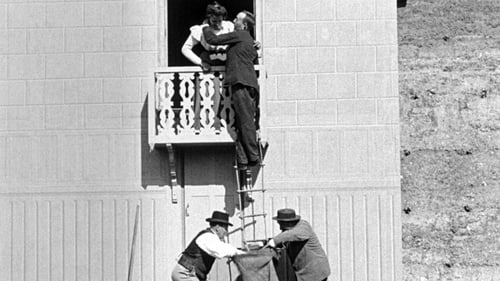
영화의 창시자인 뤼미에르 형제의 세계로 초대한다. 그들이 만든 1,400여 편의 영화에서 발췌된 장면은 원시영화의 매혹에 대한 잊을 수 없는 이미지와 독특한 시선을 제공한다. 초기영화에 대한 교과서 같은 작품.

Surrealist master Luis Buñuel is a towering figure in the world of cinema history, directing such groundbreaking works as Un Chien Andalou, Exterminating Angels, and That Obscure Object of Desire, yet his personal life was clouded in myth and paradox. Though sexually diffident, he frequently worked in the erotic drama genre; though personally quite conservative, his films are florid, flamboyant, and utterly bizarre.
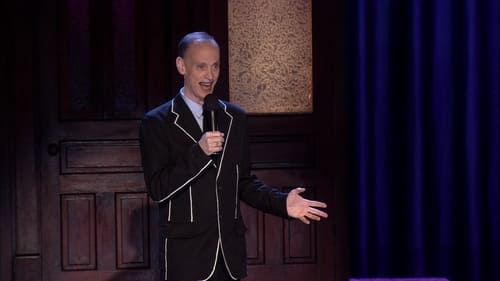
In this filmed version of cult film director John Waters' popular one-man show, the Pink Flamingos and A Dirty Shame director takes the stage to discuss everything from his early influences, fondest career memories, and notorious struggles against the MPAA rating system. Part endearing memoir and part hilarious lecture, This Filthy World touches on everything from the insanity of contemporary pop culture to the director's unforgettable early collaborations with inimitable Pink Flamingos star Divine.

An intimate portrait and saga of four film pioneers--Harry, Albert, Sam and Jack who rose from immigrant poverty through personal tragedies persevering to create a major studio with a social conscience.
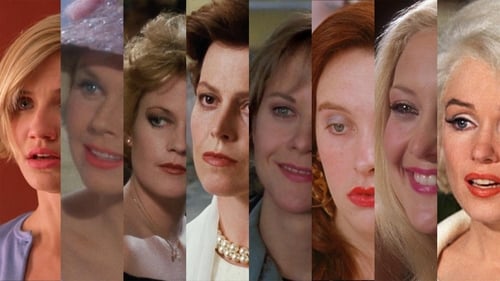
로맨틱 코미디는 많은 관객들이 사랑하지만 비평의 영역에서는 종종 잘 다루어지지 않거나 가벼운 장르로 여겨졌다. 평론가, 배우, 감독들의 생생한 인터뷰와 무수한 로코 명작들의 클립을 통해 감독은 우리자신의 취향에 대한 여행으로 안내한다.

This documentary revisits the making of Gone with the Wind via archival footage, screen tests, insightful interviews and rare film footage.

Jack L. Warner, Harry Warner, Albert Warner and Sam Warner were siblings who were born in Poland and emigrated to Canada near the turn of the century. In 1903, the brothers entered the budding motion picture business. In time, the Warner Brothers moved into film production and would open their own studio in 1923.
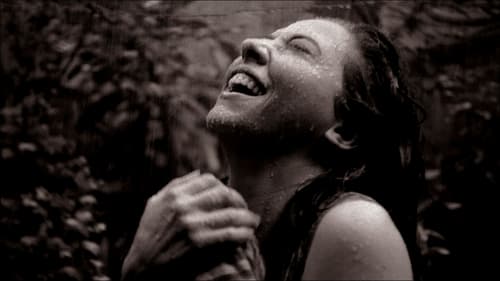
A deep investigation, in the way of a poetic essay, on one of the main Latin American movements in cinema, analyzed via the thoughts of its main authors, who invented, in the early 1960s, a new way of making movies in Brazil, with a political attitude, always near to people's problems, that combined art and revolution.
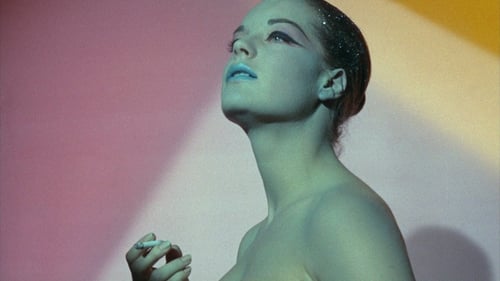
In 1964, Henri-Georges Clouzot's production of L'Enfer came to a halt. Despite huge expectations, major studio backing and an unlimited budget, after three weeks the production collapsed. This documentary presents Inferno's incredible expressionistic original rushes, screen tests, and on-location footage, whilst also reconstructing Clouzot's original vision, and shedding light on the ill-fated endeavor through interviews, dramatizations of unfilmed scenes, and Clouzot's own notes.

An account of the extraordinary life of film pioneer Georges Méliès (1861-1938) and the amazing story of the copy in color of his masterpiece “A Trip to the Moon” (1902), unexpectedly found in Spain and restored thanks to the heroic efforts of a group of true cinema lovers.

Among the pieces featured in Fragments are the final reel of John Ford's The Village Blacksmith (1922) and a glimpse at Emil Jannings in The Way of All Flesh (1927), the only Oscar®-winning performance in a lost film. Fragments also features clips from such lost films as Cleopatra (1917), starring Theda Bara; The Miracle Man (1919), with Lon Chaney; He Comes Up Smiling (1918), starring Douglas Fairbanks; an early lost sound film, Gold Diggers of Broadway (1929), filmed in early Technicolor, and the only color footage of silent star Clara Bow, Red Hair (1928). The program is rounded out with interviews of film preservationists involved in identifying and restoring these films. Also featured is a new interview with Diana Serra Cary, best known as "Baby Peggy", one of the major American child stars of the silent era, who discusses one of the featured fragments, Darling of New York (1923).

For just forty days, filmmaker and writer Mark Cousins embarks on a peculiar journey in order to explore topics as the passion for cinema and certain aspects related to making films as style, ideas, emotions and practicalities; an ambitious exploration of the universal language of cinema by analyzing pieces of work that cross every artistic and cultural boundaries.

Long treated with indifference by critics and historians, British silent cinema has only recently undergone the reevaluation it has long deserved, revealing it to be far richer than previously acknowledged. This documentary, featuring clips from a remarkable range of films, celebrates the early years of British filmmaking and spans from such pioneers as George Albert Smith and Cecil Hepworth to such later figures as Anthony Asquith, Maurice Elvey and, of course, Alfred Hitchcock.
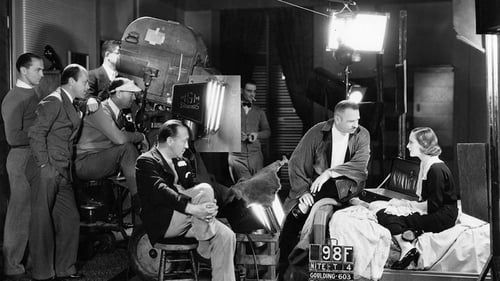
Cameramen and women discuss the craft and art of cinematography and of the "DP" (the director of photography), illustrating their points with clips from 100 films, from Birth of a Nation to Do the Right Thing. Themes: the DP tells people where to look; changes in movies (the arrival of sound, color, and wide screens) required creative responses from DPs; and, these artisans constantly invent new equipment and try new things, with wonderful results. The narration takes us through the identifiable studio styles of the 30s, the emergence of noir, the New York look, and the impact of Europeans. Citizen Kane, The Conformist, and Gordon Willis get special attention.





















